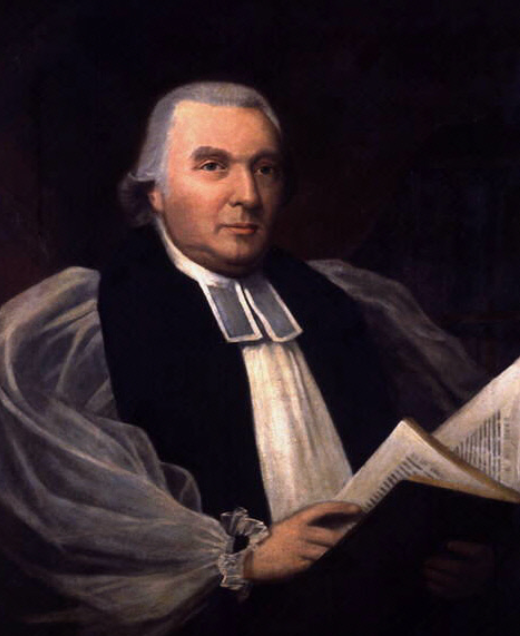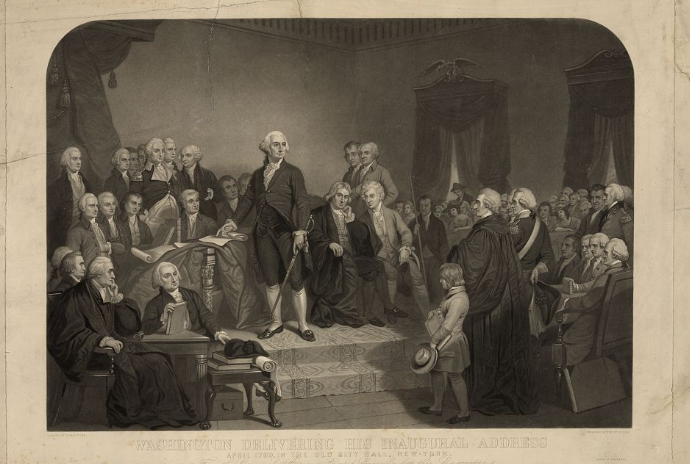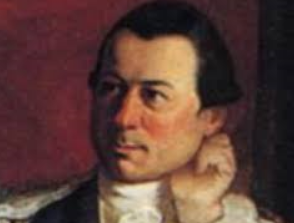That Their Sentiments Might Be Known - A Loyalist Meeting at Abraham Hatfield's
In the days leading up to the American Revolution, groups of citizens were gathering to discuss the responses of towns and counties throughout the colonies.
For the most part, we read the resolves and declarations through which local meetings would promote their rights to King and Parliament.
Often forgotten are the dozens of meetings which happened in response to rebellious sentiment, where leading citizens announced their loyalty to the crown.
Today, we will take a look at Captain Abraham Hatfield.
Abraham Hatfield
Much of the life of Abraham Hatfield had been lost to history.
We do know, however, that he served as a Militia Captain in Westchester County, New York.
We also know that he must have come from money, as his name appears as a person to contact in an ad for a runaway slave.
Additionally, his house was the place of a large meeting of citizens who desired to discuss tensions growing between certain rebels in the community and the Mother Country. Just acting as host for this convention indicates that Hatfield had a respectable standing in his region.
Two Meetings
On April 11, 1775, a gathering of approximately 100 citizens met in the city of White Plains to select representatives for a Congress in New York City. That Congress was expected to then choose delegates who would travel to Philadelphia for the Second Continental Congress.
Many of the more conservative people of Westchester County decided to have their own meeting.
About 100 (different) citizens met at Abraham Hatfield’s house to figure out the best response to their opponents.
The decision was made to go to town and confront the rebels.
So off they marched…
No, Thanks
When this loyalist group reached town, the rebels seem to have suggested that they merge their groups and take a vote on who should be sent to NYC.
The loyalists did not like this idea, as they believed the rebels to be holding an illegal meeting. Voting with them, they believed, would legitimize their underground operation.
Instead, they simply informed the rebels that they were there to peaceably protest.
After this awkward exchange, the loyalists moved back to the house of Abraham Hatfield.
Protest of the Inhabitants and Freeholders
Upon their return, the loyalists found many more men of the same mind had arrived at Hatfield’s home.
The best response, they decided, was to document the whole experience, declare their loyalty to the King and to good government, and affix their signatures to the agreement.
The result was the Protest of the Inhabitants and Freeholders of Westchester County, New-York.
The Protest, as expected, has many common last names as there were several members of the same families within the list of signatories.
Also as expected, Abraham Hatfield’s name appears by the top.
We should note, the Battle of Lexington and Concord broke out and began hostilities just a week after these meetings.
Although most of the citizens who signed the Protest would go on to become Loyalists during the Revolutionary War, some of the aforesaid families would be divided.
Philip Pell, for example, signed the Protest but would spend the war fighting with the Patriots (and would later be the last Delegate to the Continental Congress).
Additionally, men like Samuel Seabury would remain loyal throughout the war but eventually continued as a respected member of society.
Most interestingly of all, it seems, is that the loyalists did not select any representatives to go to New York City. They just chose to label the meeting itself as seditious.
Here are some other stories from Upstate New York:
Samuel Kirkland - Preacher on the Frontier
Pipe Smoke at Oriskany - The Dedication of Nicholas Herkimer
Upstate New York played a large part in the Revolution.
‘Bloody Mohawk’ discusses the warfare more than the politics, but it is still an excellent look at this segment of the war.
If you’d like a copy you can get one through the Amazon affiliate link below (you’ll support this site, but don’t worry, Amazon pays me while your price stays the same).
Want to get fun American Revolution articles straight to your inbox every morning?
Subscribe to my email list here.
You can also support this site on Patreon by clicking here.
Thanks for your support!






